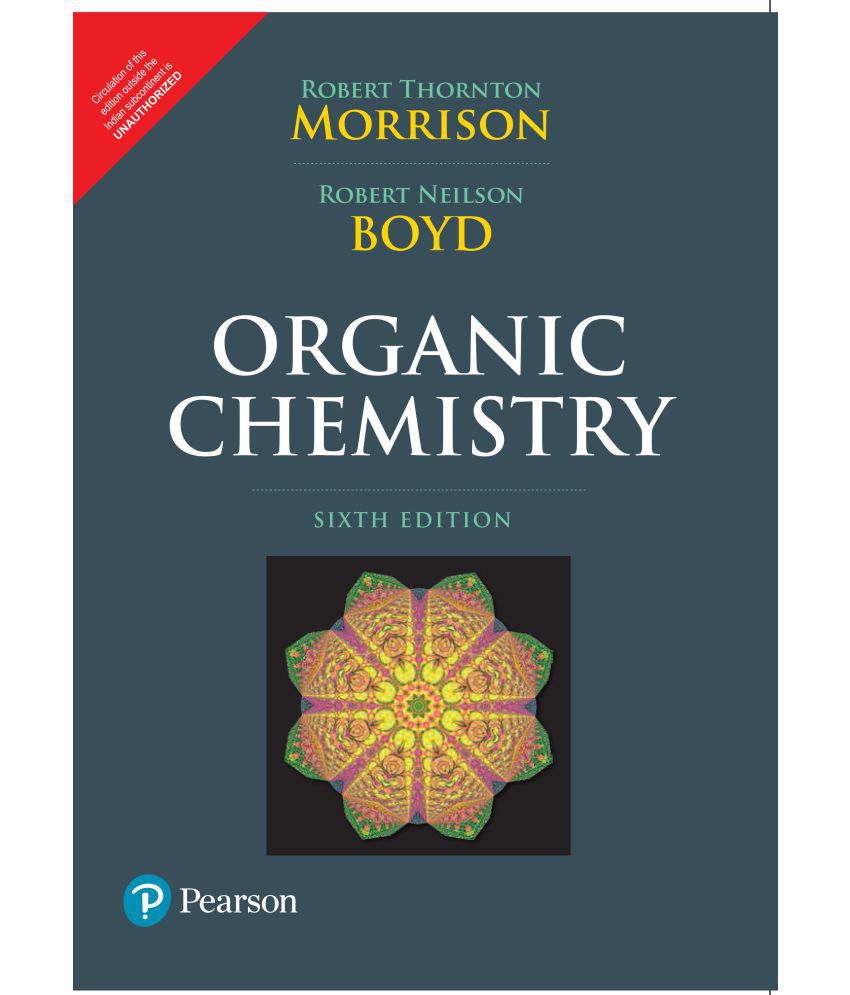Something went wrong. Please refresh the page and try again.
Something went wrong. Please refresh the page and try again.
Notifications can be turned off anytime from settings.
Item(s) Added To cart
Qty.
Something went wrong. Please refresh the page and try again.
Something went wrong. Please refresh the page and try again.
Exchange offer not applicable. New product price is lower than exchange product price
Please check the updated No Cost EMI details on the payment page
Exchange offer is not applicable with this product
Exchange Offer cannot be clubbed with Bajaj Finserv for this product
Product price & seller has been updated as per Bajaj Finserv EMI option
Please apply exchange offer again
Your item has been added to Shortlist.
View AllYour Item has been added to Shopping List
View All

No Cost EMI of Zero Emi Vendor applied on the product
You selected EMI of for monthsChangeGenerally delivered in 6 - 10 days
Item is available at . Change
You will be notified when this product will be in stock
| ||||||||||||||
In this classic introductory text, the authors aim to identify the new concepts of organic chemistry, to select the ones that are clearly fundamental to the learning of organic chemistry, and then to build them into a framework of the book. The cornerstone of this framework is that chemical behavior is determined by molecular structure. Each topic is presented fully and clearly at a level appropriate for beginning students. The authors emphasize relationships between the seemingly unrelated facts and theories that students are learning in order to reveal the broad and complex pattern underlying organic chemistry. Where possible, they lead the students to find the pattern themselves, by working problems.
Features
1. Stresses the importance of molecular structure in understanding the properties and principles of organic chemistry.
2. Provides a wide variety of spectra to be analyzed.
3. Features four-color photographs throughout.
Contents
1. Structure and Properties.
2. Methane. Energy of Activation. Transition State.
3. Alkanes. Free-Radical Substitution.
4. Stereochemistry I. Stereoisomers.
5. Alkyl Halides. Nucleophilic Aliphatic Substitution.
6. Alcohols and Ethers.
7. Role of the Solvent. Secondary Bonding.
8. Alkenes I. Structure and Preparation. Elimination.
9. Alkenes II. Reactions of the Carbon-Carbon Double Bond. Electrophilic and Free-Radical Addition.
10. Stereochemistry II. Stereoselective and Stereospecific Reactions.
11. Conjugation and Resonance. Dienes.
12. Alkynes.
13. Alicyclic Compounds.
14. Aromaticity. Benzene.
15. Electrophilic Aromatic Substitution.
16. Aromatic-Aliphatic Compounds. Arenes and Their Derivatives.
17. Spectroscopy and Structure.
18. Aldehydes and Ketones. Nucleophilic Addition.
19. Carboxylic Acids.
20. Functional Derivatives of Carboxylic Acids. Nucleophilic Acyl Substitution.
21. Carbanions I.
22. Amines I. Preparation and Physical Properties.
23. Amines II. Reactions.
24. Phenols.
25. Carbanions II.
26. Aryl Halides. Nucleophilic Aromatic Substitution.
27. a,B-Unsaturated Carbonyl Compounds. Conjugate Addition.
28. Molecular Orbitals. Orbital Symmetry.
29. Symphoria. Neighboring Group Effects. Catalysis by Transition Metal Complexes.
30. Heterocyclic Compounds.
31. Macromolecules. Polymers and Polymerization.
32. Stereochemistry III. Enantiotopic and Diastereotopic Ligands and Fats.
33. Lipids. Fats and Steroids.
34. Carbohydrates I. Monosaccharides.
35. Carbohydrates II. Disaccharides and Polysaccharides.
36. Proteins and Nucleic Acids. Molecular Biology.
Author Bio
Robert T. Morrison, Robert N. Boyd
The images represent actual product though color of the image and product may slightly differ.
Register now to get updates on promotions and
coupons. Or Download App